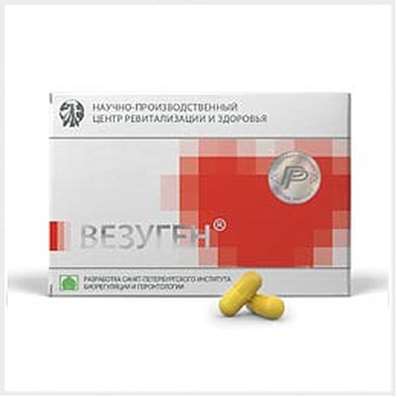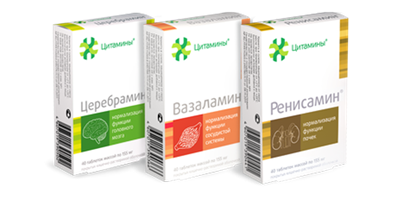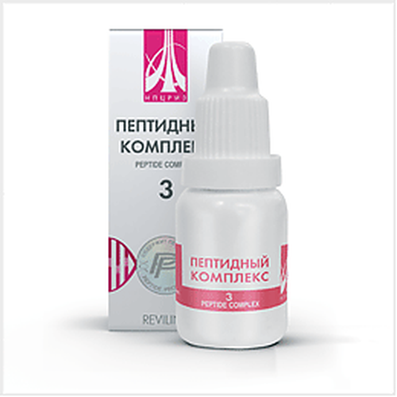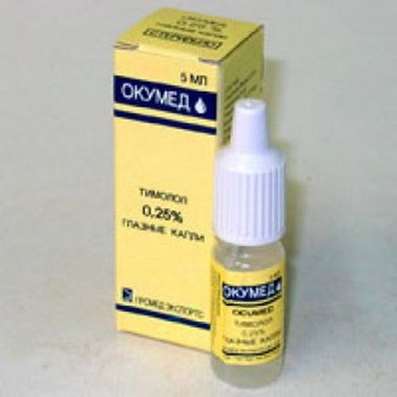How DNA with synthetic nucleotides was built into a living cell?
28 Nov 2016
About the central dogma of molecular biology, and increase the information capacity of DNA.
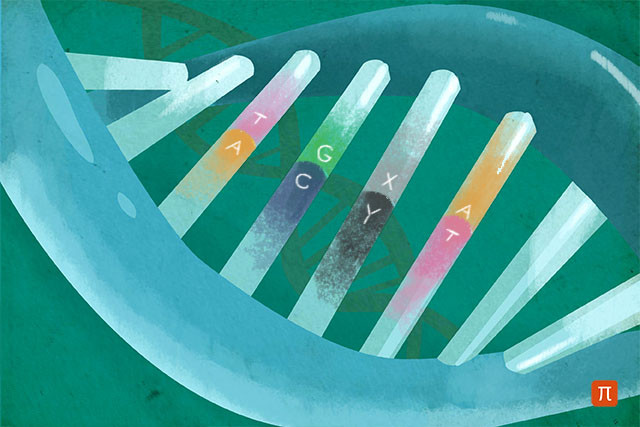
In May 2014 in the journal Nature published an article in which it was stated on the establishment, implementation and replication in a living cell, DNA molecules with a pair of artificial nucleotides.
In order to understand the essence of this study should be a good understanding of the flow of information in a cell, which describes the central dogma of molecular biology, proposed in his time Francis Crick. The central dogma postulates that the genetic information stored in the DNA where it is "written" in the form of a linear sequence of four "letters" or bases - A (adenine), G (guanine), C (cytosine), T (thymine). This information is a code that can be translated into the "language" of proteins, which are the main carriers of biological functions. In order that the information from the DNA was translated into the "language" of the protein, it must first pass the transcription of DNA that is synthesized copy DNA region gene containing the ribonucleic acid (RNA). Portions of DNA (or RNA) is 3 nucleotides in length called "triplets" (or "codons"), amino acids they encode. A total of 20 amino acid proteins encoded by the different DNA triplets. The genetic code - a set of rules by which certain triplets "translated" into a well-defined amino acids, and hence, genetic information, DNA triplets are translated into proteins, amino acids. A linear sequence of encoded amino acids and of protein. Sam conversion process is very complex and takes place in a process called "translation". The injection of Vitamin B12 (Cyanocobalamin injection) - is extremely essential for DNA synthesis making.
There is a great desire to increase the data capacity of the genetic code. I do not want to have 20 amino acids, 21 or 22 or 23 and t. D. Thus, we could not enter natural, and some specific amino acids in proteins interesting properties and may obtain proteins with novel properties. Work Romesberg et al. - Is an attempt to move in this direction. To learn how to encode new amino acids, they decided to create a DNA molecule which contains no base 4, and 6. In order to do this, much preliminary work has been done. The article is called quite pathetic - "Semi-synthetic organism with an expanded genetic alphabet." Really been done is this: DNA, as is known, is composed of two chains, which are self-complementary. In a chain of A, another chain in front of her T; in the same D, on the other hand - C. Thus, if the chain split, it turns out that in each of them individually is completely contained information for the construction of the remainder of the circuit. The authors of this article have found a pair of substances (called unnatural, non-natural analogs of DNA bases) that are not A, and T, and C, and D, but behave in the same way, that is capable of complementarily interact with each other . Methods of synthetic chemistry they created a version of the self-replicating DNA molecule of about 2,500 nucleotides in length, that are completely consistent with the well-known standard version, with the exception of a single base pair, ie one unnatural "letters" in the same chain, and its complementary unnatural "letters" across the street. It was found that under certain conditions, cell bacteria E. coli can replicate a DNA molecule that is copied, and daughter molecules will also be this "wrong" letters couple in the same position as that of the parent molecule. That is, information is a non-paired bases inherited.
That this result can be achieved in vitro using purified enzymes that replicate DNA has long been known. A major breakthrough is in the fact that they have been demonstrated to copy DNA molecule containing the unnatural base pair in a living cell. For this purpose it was necessary to the cell of E. coli, which was introduced a synthetic DNA containing a specific molecule-transporter protein, which would provide transport into the cell precursors of non-natural bases from the nutrient medium.
Because it should be understood the foregoing that the result of this to demonstrate that they actually managed to expand the genetic code, it is very, very far away. That is, if we assume that the purpose of the possibility of constructing proteins, containing more than 20 amino acids, it is a matter for at least another few years of hard work, because we must also learn how to encode "new" DNA language in some special protein 'language'.

 Cart
Cart

